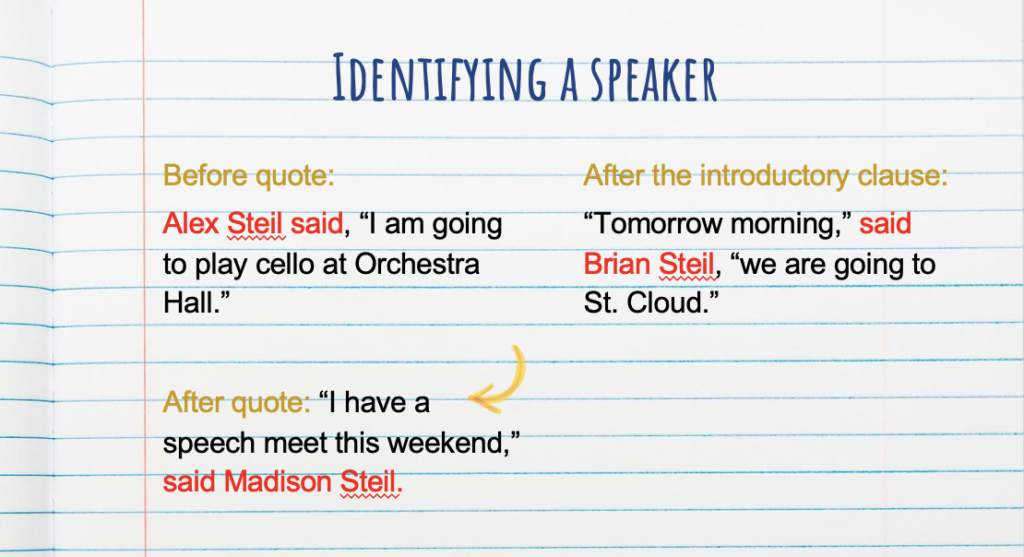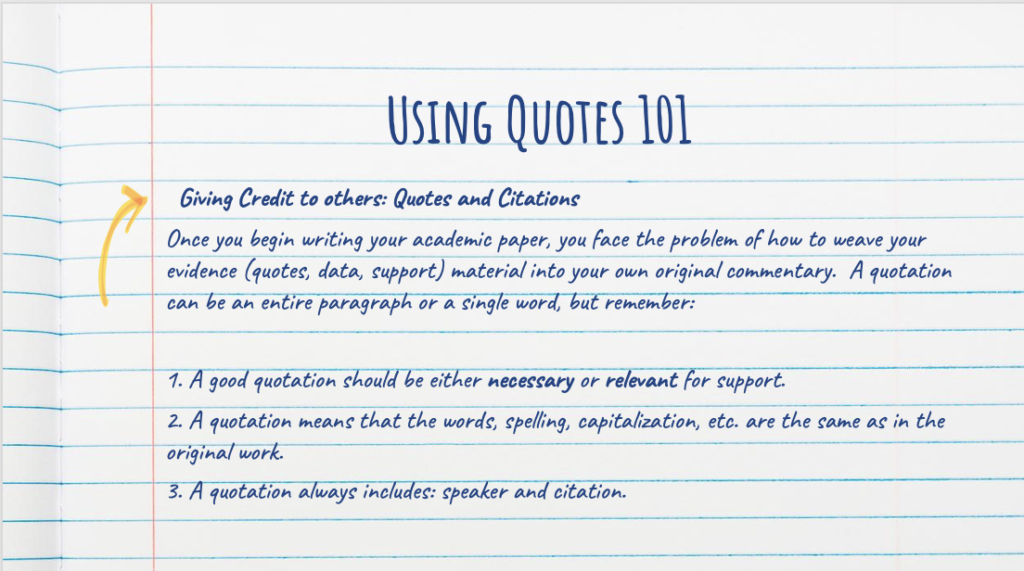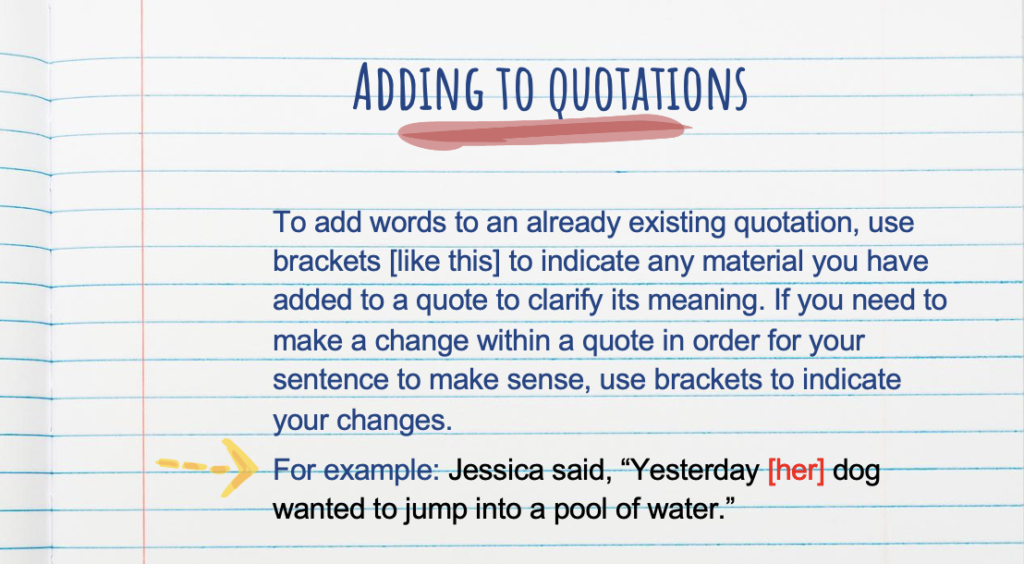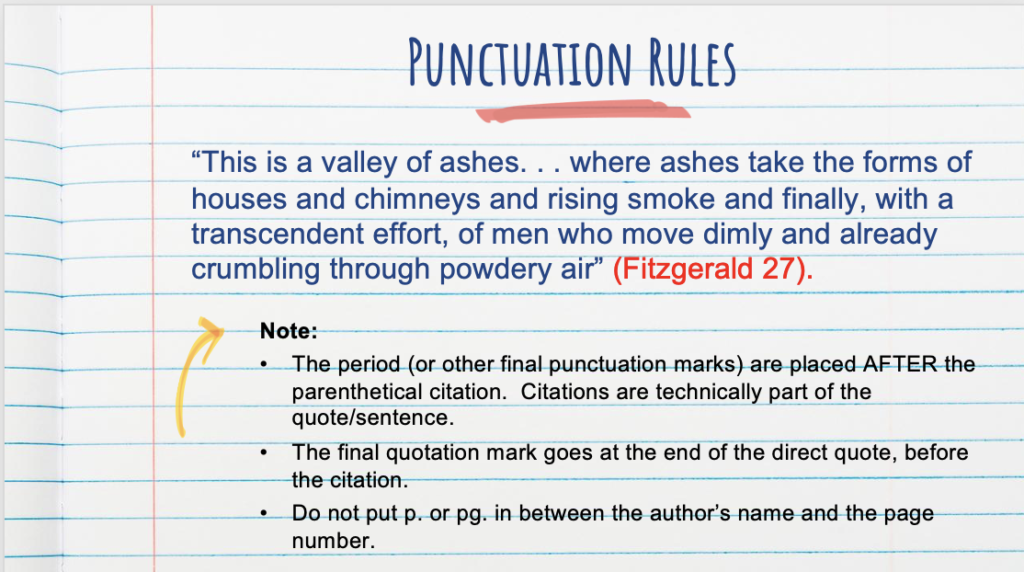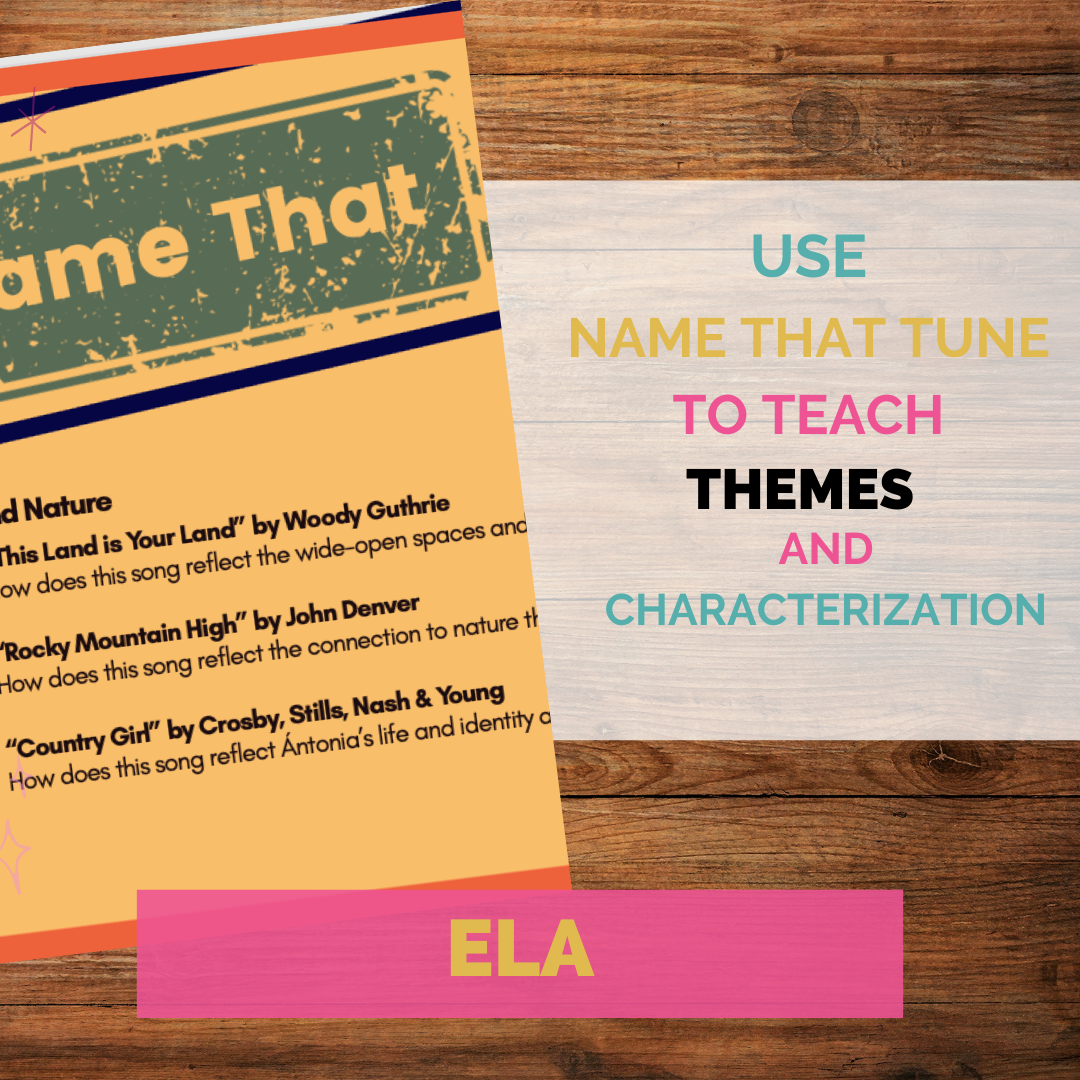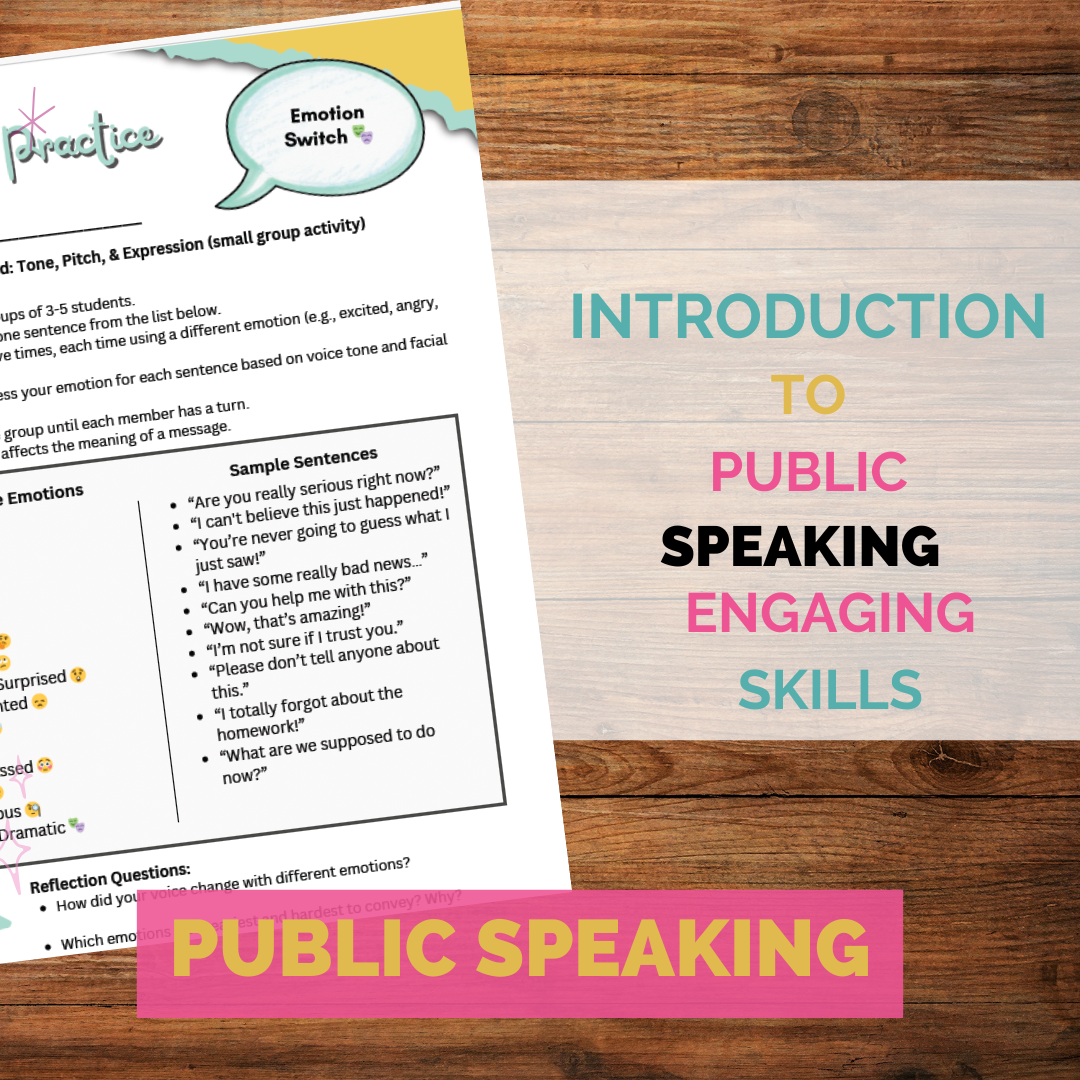As educators, one of our responsibilities is to guide students through the often overwhelming world of academic writing. One essential tool in their academic toolkit is MLA (Modern Language Association) citation format—a critical skill that helps students credit sources, avoid plagiarism, and build strong, credible research papers. However, let’s be honest—MLA formatting can feel tedious for students who are just starting out. Parenthetical citations? Works Cited pages? Hanging indents? It’s a lot to take in!
With the right strategies, we can demystify MLA citations and help our students become confident, ethical researchers. Before diving into practical teaching tips, let’s first establish why MLA citations matterand why we should prioritize them in our classrooms.
Top Tips for Accurately Teaching MLA Citations:
Begin with Basics:
- Introduce students to the core philosophy behind citations before diving into the technicalities. Why do we cite? What’s the importance of giving credit?
Leverage Online Tools:
- Platforms like EasyBib, Citation Machine, or the Purdue OWL provide guided walkthroughs for creating citations. While students should understand the manual process, these tools can act as a quick reference.
Break It Down:
- Instead of presenting all citation types at once, break them down. Dedicate sessions to books, articles, websites, and so forth. Use real-life examples to illustrate each citation’s structure.
Hands-on Practice:
- Provide students with raw source data and let them craft citations. Regularly practicing the creation of citations embeds the process in their memory.
Visual Guides:
- Visual learners can benefit immensely from infographics or diagrams that illustrate the structure of citations. Consider creating or sourcing visual guides that detail the components of different citations.
Incorporate Peer Review:
- Encourage students to swap papers and review each other’s citations. Peer review not only exposes them to various sources but also cultivates a habit of critical examination.
Teach Proper Note-Taking:
- Effective research isn’t just about citing but also about taking notes effectively. Teach students to jot down all source details when taking notes. This habit ensures they have all necessary details when constructing citations later.
Updates Matter:
- MLA guidelines get updated. Make sure you’re teaching from the most recent MLA handbook and inform students about the importance of staying updated with formatting changes.
Sample Papers:
- Show students example papers that are correctly formatted in MLA style. This gives them a concrete idea of what their papers should look like.
Highlight Common Pitfalls:
- Be it forgetting to italicize titles, missing out on dates, or not alphabetizing the works cited list—highlight common mistakes students make, so they’re more aware and can avoid them.
Integrating Research Skills:
While citations are crucial, they’re just one part of the research process. Encourage students to:
- Evaluate Sources: Not every source is reliable. Teach students to discern scholarly articles, primary sources, and reputable publications from less credible ones.
- Dive Deep: Instead of skimming the surface, encourage deep dives. The more comprehensive their research, the richer their papers will be.
- Organize Thoughts: Using tools like outlines or digital platforms like Zotero or Mendeley can help students organize their research more effectively.
Final Thoughts:
MLA citations, while seemingly daunting, are the bedrock of credible academic writing. By breaking down the process, using a mix of tools, and regularly practicing, educators can demystify MLA for students. The result? Confident young scholars ready to engage with academic discourse with integrity and rigor. Happy citing!

Check out these resources from my fellow teacher authors
TIPS FOR TEACHING MLA CITATIONS & RESEARCH SKILLS by The Secondary English Coffee Shop
MLA Citation Guide Mini-Book by The Classroom Sparrow
Research Magazine by Room 213
Research Project–Real Life Utopias by Nouvelle ELA
MLA Format Escape Room Activity by The Daring English Teacher

